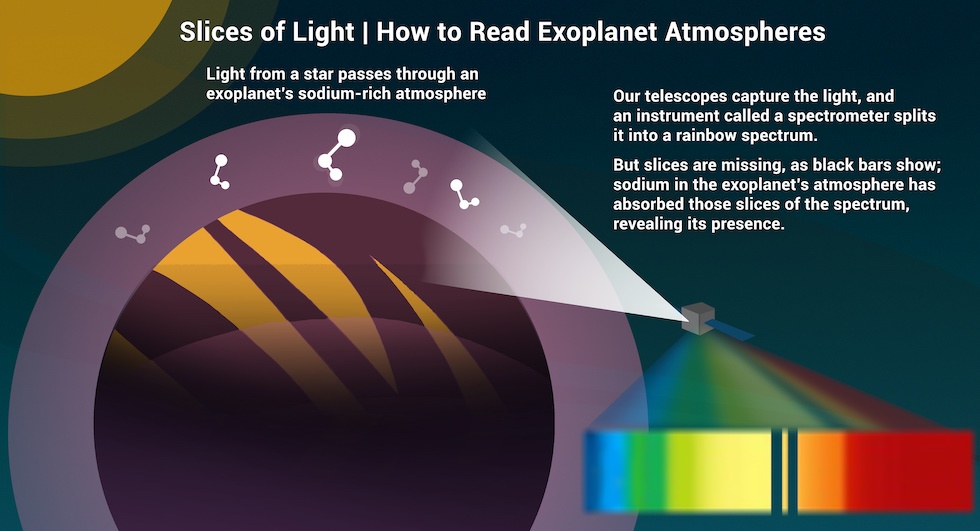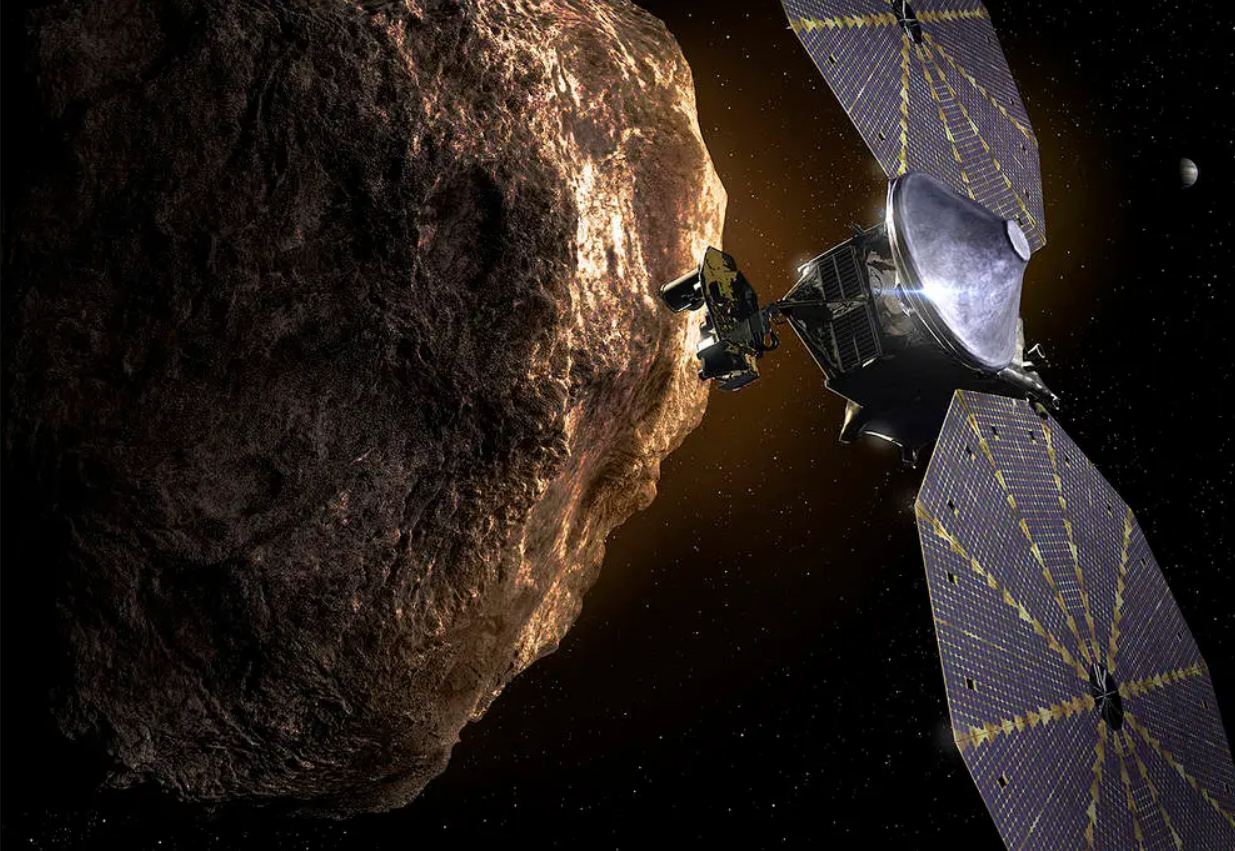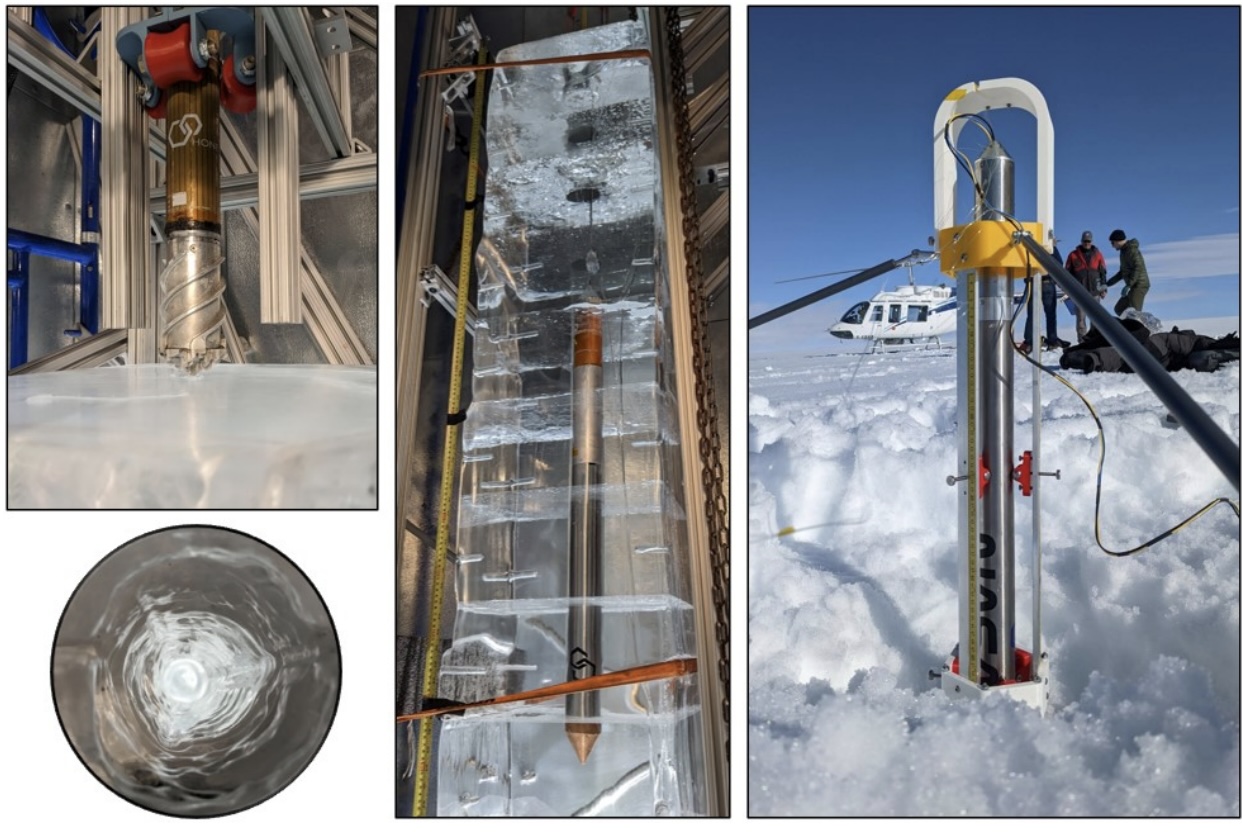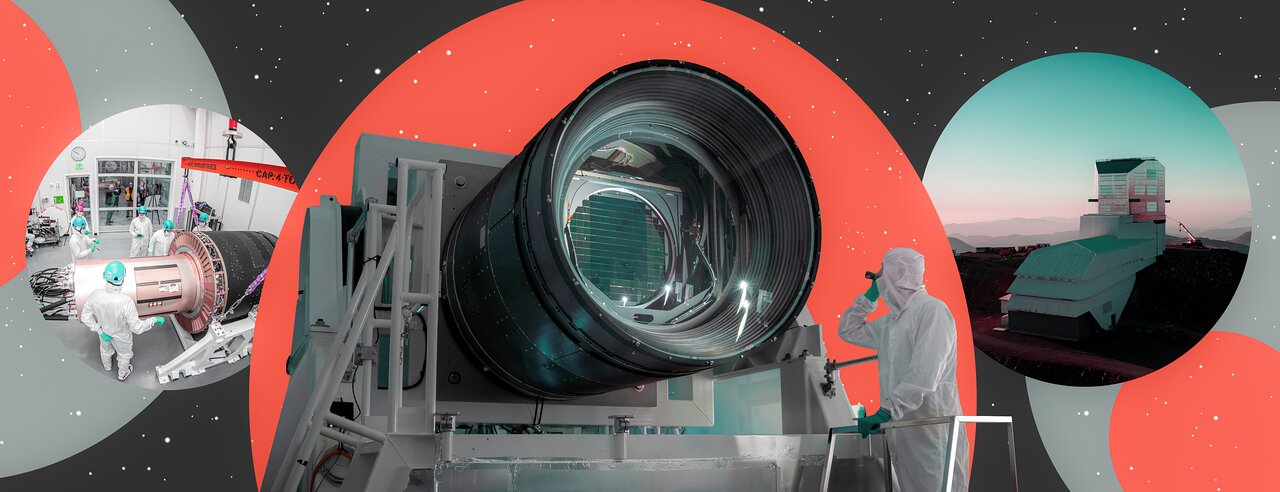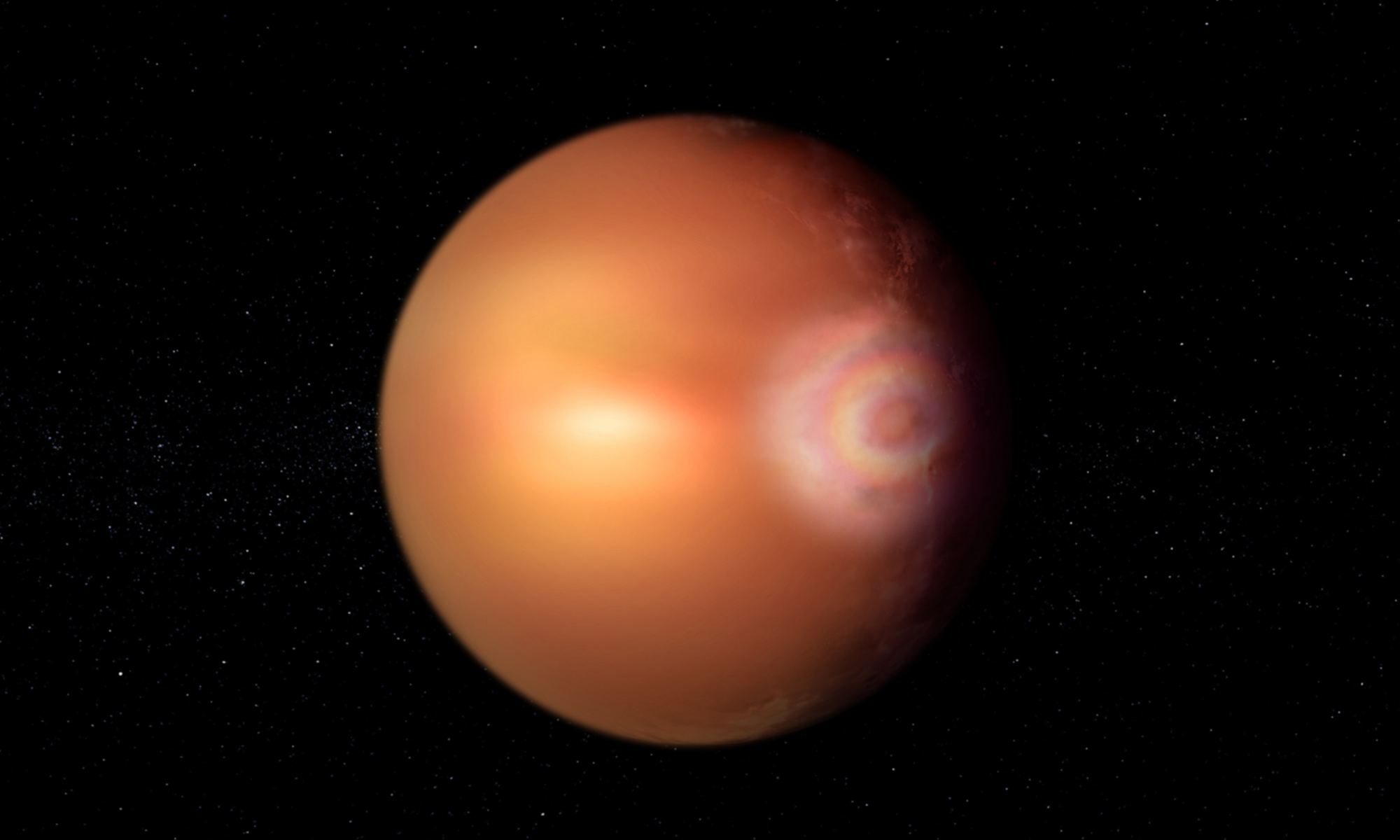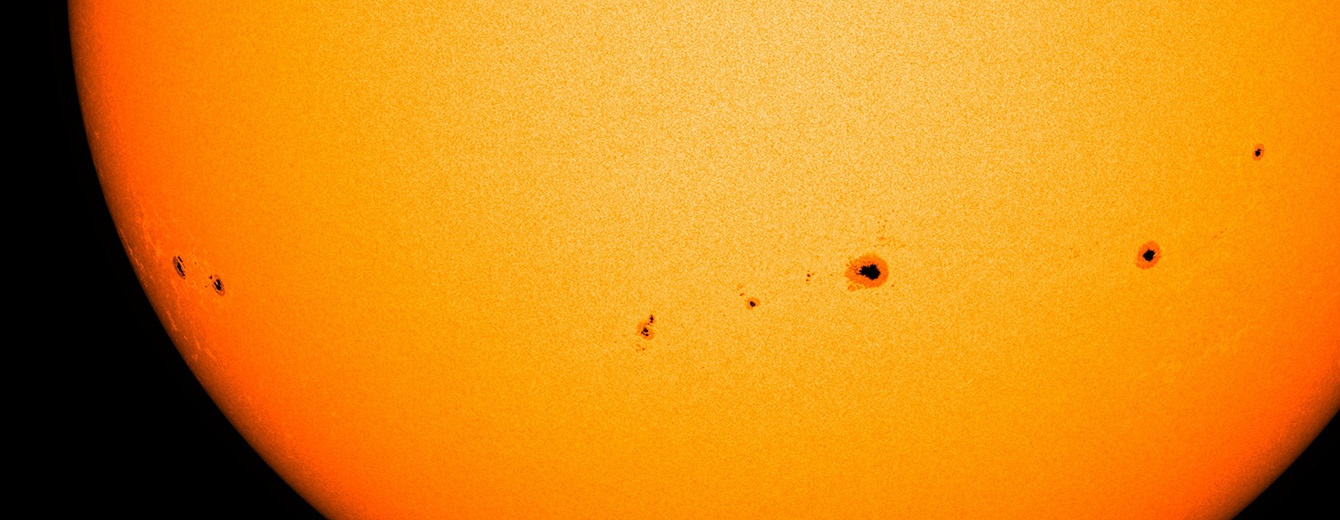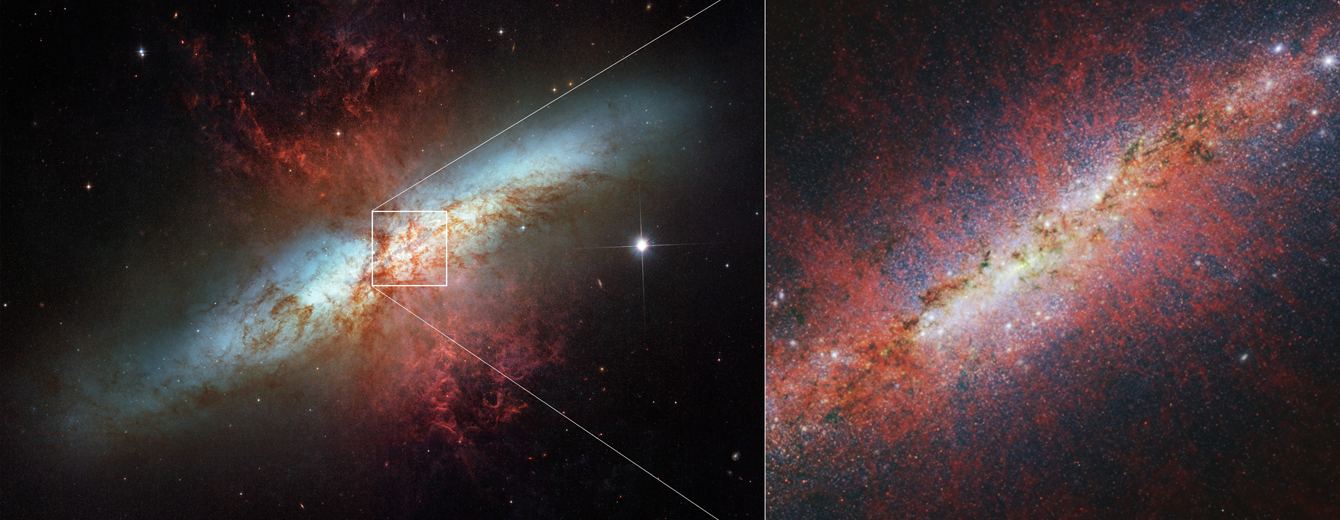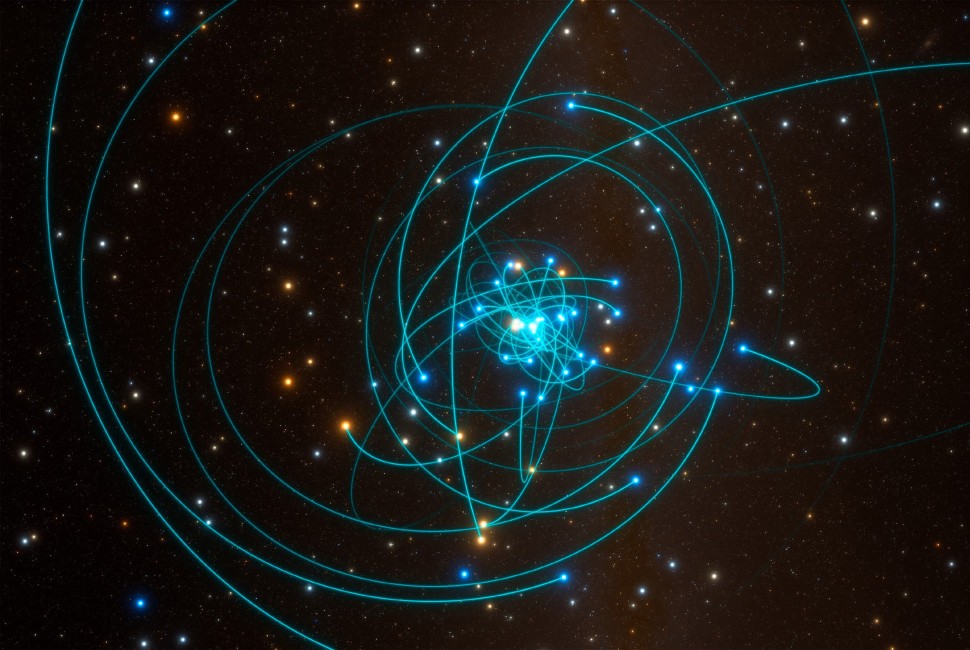Since it began operations in July 2022, the James Webb Space Telescope (JWST) has fulfilled many scientific objectives. In addition to probing the depths of the Universe in search of galaxies that formed shortly after the Big Bang, it has also provided the clearest and most detailed images of nearby galaxies. In the process, Webb has provided new insight into the processes through which galaxies form and evolve over billions of years. This includes galaxies like Messier 82 (M82), a “starburst galaxy” located about 12 million light-years away in the constellation Ursa Major.
Also known as the “Cigar Galaxy” because of its distinctive shape, M82 is a rather compact galaxy with a very high star formation rate. Roughly five times that of the Milky Way, this is why the core region of M82 is over 100 times as bright as the Milky Way’s. Combined with the gas and dust that naturally obscures visible light, this makes examining M82’s core region difficult. Using the extreme sensitivity of Webb‘s Near-Infrared Camera (NIRCam), a team led by the University of Maryland observed the central region of this starburst galaxy to examine the physical conditions that give rise to new stars.
Continue reading “Webb Sees a Galaxy Awash in Star Formation”

